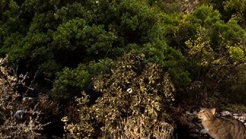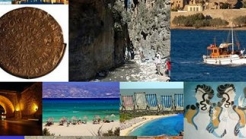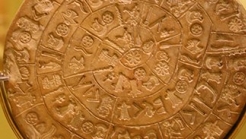

Greece
The paleontological collection of the Municipality of Rethymnon, which consists of findings from excavations from all over the prefecture by German scientist Siegfired Kuss (University of Freiburg), will form the basis of the exhibition. The Goulandris foundation has been looking after this collection in collaboration with the University of Athens (Historical Geology and Palaeontology Faculty).
The paleontological Museum Rethymno is located in area Mastambas, mosque Beli Pasha. It is believed that the mosque was built on the Venetian church of San Onoufrios. It has some unique features such as the main door and the minaret which is the oldest in Rethymnon (1789).
Garden 2.5 acres, have already planted trees and plants which flourish in Crete such olive trees, carob, Cretan palm trees, oleanders and laurels and shrubs such as wild rose-trees, will also come across many schinos, Myrties Stone Houses, lavender, diktamo, osier, rosemary and wild lavender.
The paleontological Museum Rethymno mosque Veli Pasha opened on July 10, 2008.


The Museum of Natural History Crete has existed since 1980. Includes five parts: zoological, botanical and anthropological, Paleontological, geological and Oruktologiko.


An especially unique island, blessed with beautiful beaches, and also with a history depicted through the ages.


The Heraklion Archaeological Museum is one of the most important museums in Greece, with an enormous archaeological collection,and one of the most important in Europe.
1039 Ε 6061 01515 00